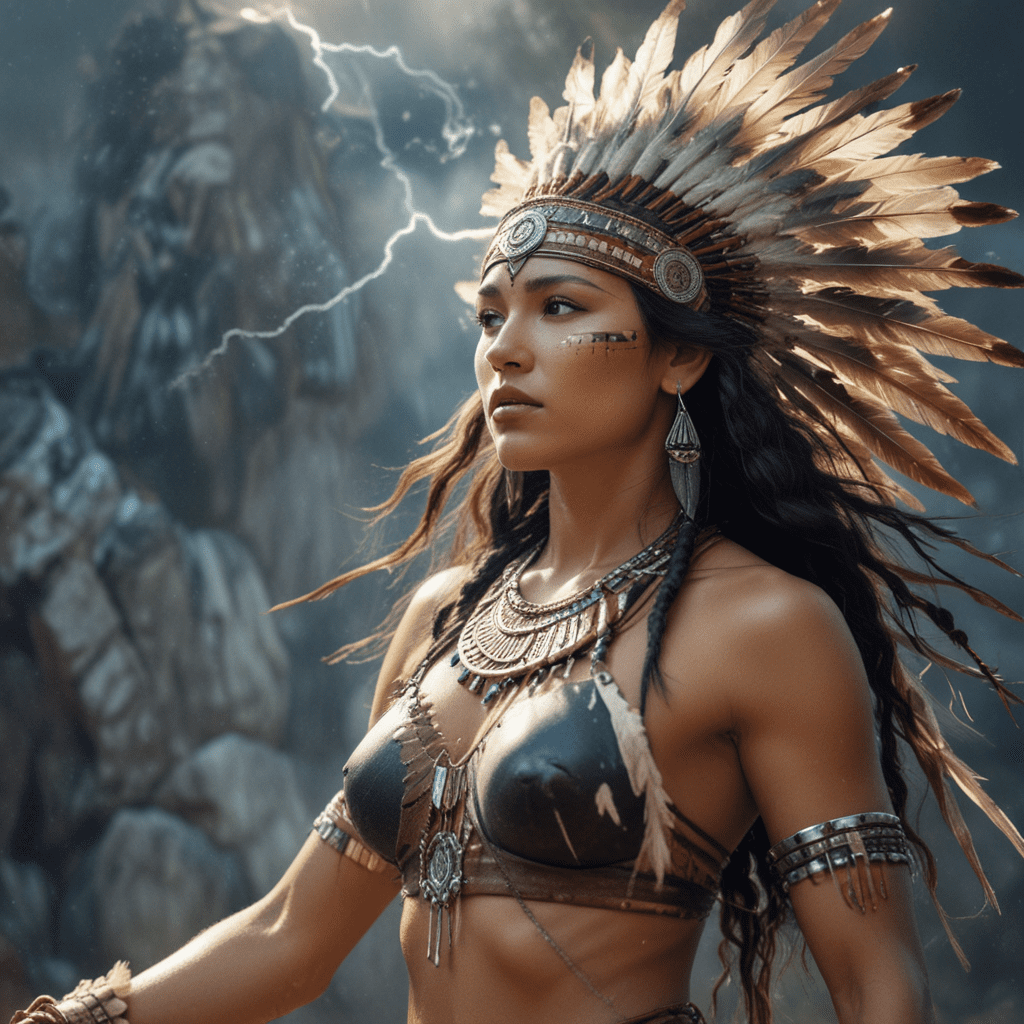The Hydra’s Awakening: Examining the Monster’s Potential Role in Future Mythological Narratives
I. Introduction
The Hydra, a multi-headed serpent from Greek mythology, has long been a symbol of fear, chaos, and resilience. This fearsome creature, known for its regenerative abilities, has captivated the imaginations of storytellers and audiences for centuries. As society evolves, so too does the relevance of mythological creatures, making them vital to contemporary storytelling. This article aims to explore the Hydra’s potential role in future mythological narratives, examining its origins, characteristics, and the thematic relevance it holds today.
II. The Origins of the Hydra in Mythology
The Hydra first emerges in ancient Greek mythology, specifically within the context of Heracles’ Twelve Labors. Tasked with slaying the Hydra, Heracles faced a creature that could regrow two heads for every one that was cut off, making it a formidable foe.
- Historical Context: The Hydra represents the chaotic forces of nature and the struggle of humanity against overwhelming odds.
- Key Myths: The most famous myth involving the Hydra is Heracles’ second labor, where he must defeat the beast in the marshes of Lerna.
- Symbolism: The Hydra symbolizes the challenges of overcoming insurmountable obstacles and the idea that some problems multiply when confronted directly.
III. Characteristics and Symbolism of the Hydra
The Hydra is not just a monster; its characteristics imbue it with a deeper significance in mythological narratives.
- Physical Traits: Typically depicted as a large serpent with multiple heads, the Hydra’s regenerative abilities serve as a metaphor for persistent challenges.
- Regenerative Powers: The ability to grow two heads for every one severed reflects the idea that some issues, when attacked directly, can worsen.
- Symbol of Chaos and Resilience: The Hydra embodies chaos in its multi-headed form, while its resilience speaks to the enduring human spirit in the face of adversity.
IV. Modern Adaptations of Mythological Creatures
In recent years, mythological beings have seen a resurgence in contemporary literature, film, and video games. The Hydra is no exception, appearing in various modern narratives.
- Contemporary Interpretations: Creators are reimagining mythological figures, blending ancient traits with modern storytelling techniques.
- Role in Media: The Hydra has appeared in popular films, video games, and television series, often reinterpreted as a villain or a misunderstood creature.
- Comparison with Other Creatures: Unlike static mythological figures, the Hydra’s regenerative powers allow for dynamic storytelling, setting it apart from other mythological creatures.
V. The Hydra in Popular Culture
The Hydra’s influence extends into various media, serving as a case study for how mythological figures are adapted for modern audiences.
- Case Studies: Recent films like Clash of the Titans and video games such as God of War depict the Hydra as a central antagonist, showcasing its terrifying abilities.
- Audience Reception: The Hydra resonates with audiences, often viewed as a symbol of challenges that must be faced and overcome.
- Evolving Character Design: From traditional depictions to modern interpretations, the Hydra’s design has evolved, reflecting contemporary aesthetics while preserving its menacing essence.
VI. Thematic Relevance of the Hydra Today
The Hydra’s characteristics can be seen as reflections of contemporary societal issues, making it a relevant figure in modern storytelling.
- Connections to Society: The Hydra’s struggle represents collective societal fears, such as environmental issues, political conflict, and personal challenges.
- Metaphor for Struggles: The regenerative nature of the Hydra serves as a powerful metaphor for personal battles that seem to multiply.
- Resilience and Adaptability: In narratives today, the Hydra symbolizes the importance of resilience and the human capacity to adapt to adversities.
VII. Speculating the Hydra’s Future in Mythological Narratives
As we look to the future, the Hydra’s role in mythology may evolve, offering new storylines and themes for creators.
- Potential Storylines: Future adaptations could explore themes of environmental conservation, the struggle against systemic issues, or personal growth.
- Role in New Mythologies: The Hydra could be integrated into global narratives, representing universal challenges faced by humanity.
- Inspiration for Creators: The Hydra can inspire writers and artists to create rich, layered stories that explore the complexities of life.
VIII. Conclusion
In conclusion, the Hydra holds a significant place in mythology and culture, representing chaos, resilience, and the struggle against overwhelming odds. As we navigate a rapidly changing world, the potential for the Hydra’s resurgence in mythological narratives is immense. Creators are encouraged to delve into the rich tapestry of the Hydra’s symbolism and characteristics, crafting stories that resonate with contemporary audiences and inspire new interpretations of this legendary creature.



